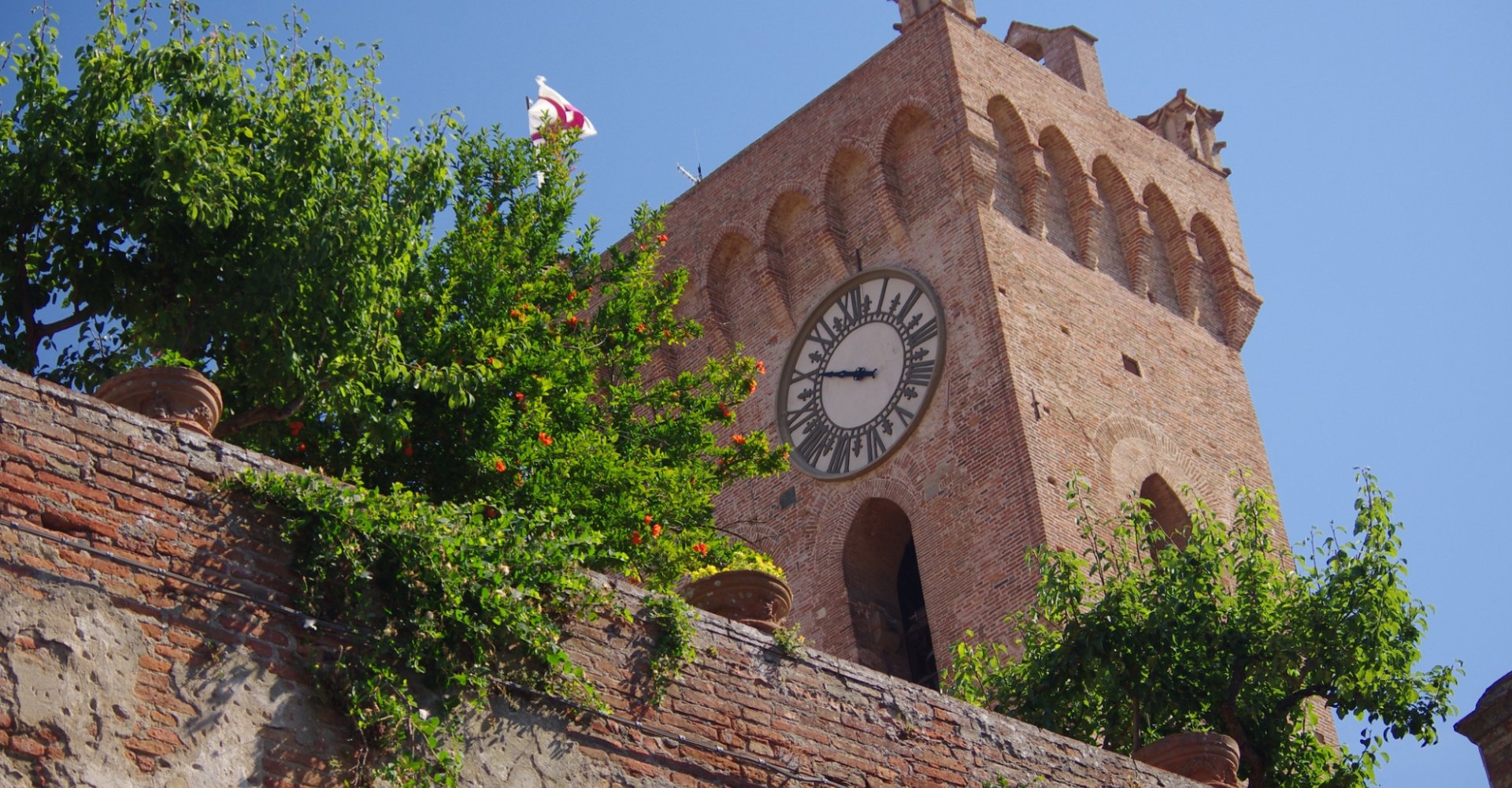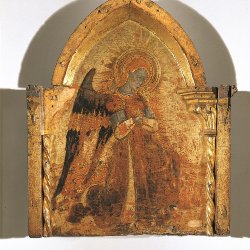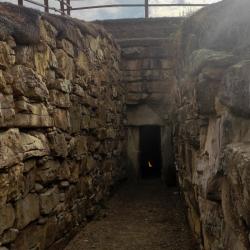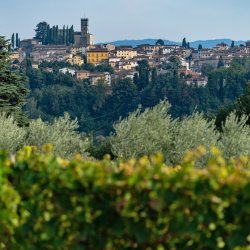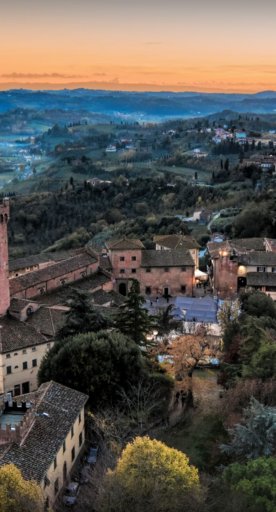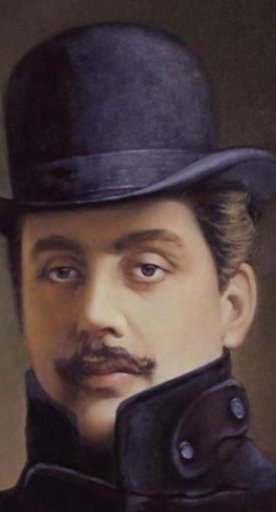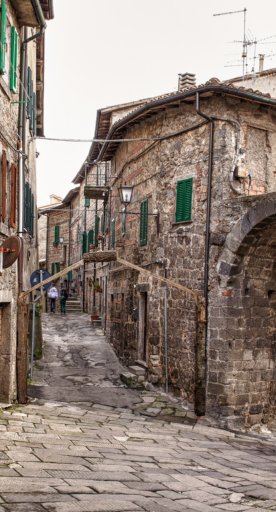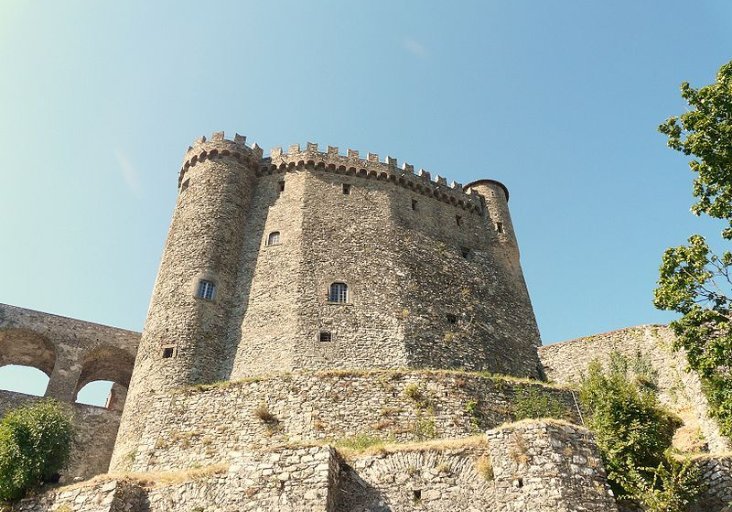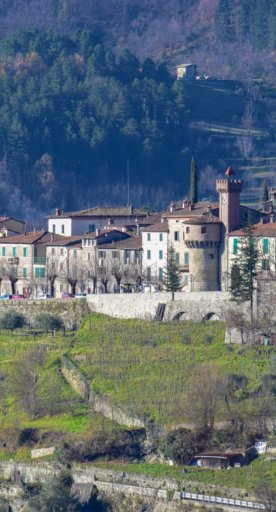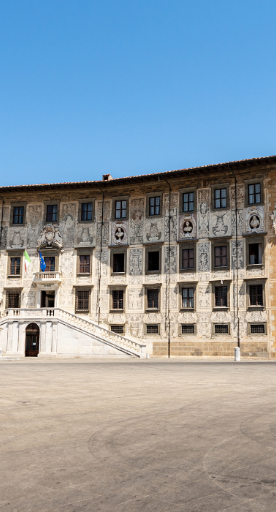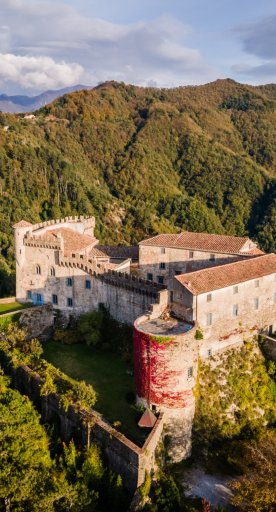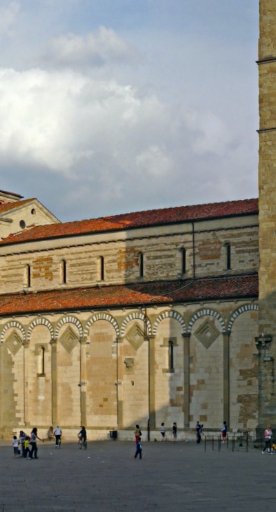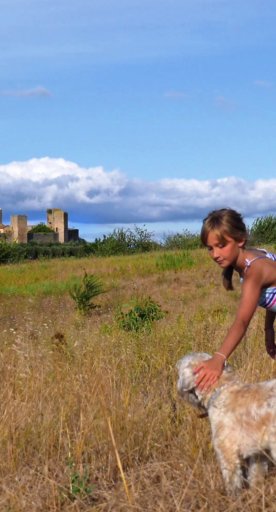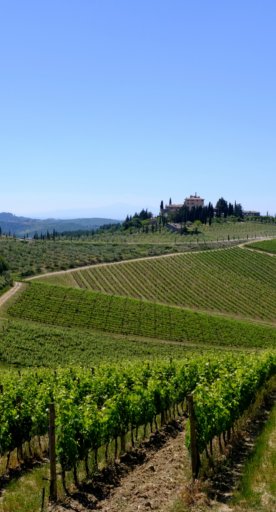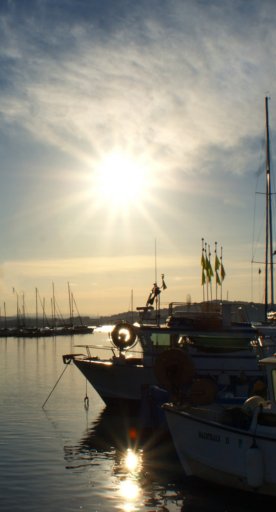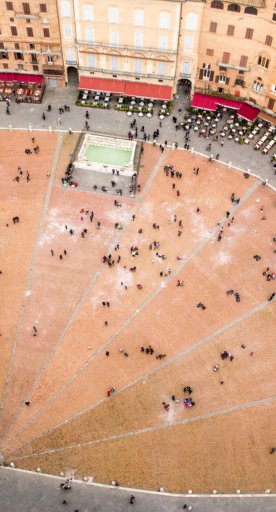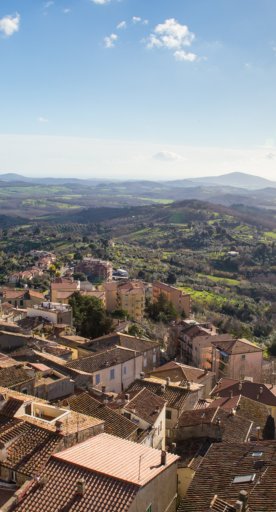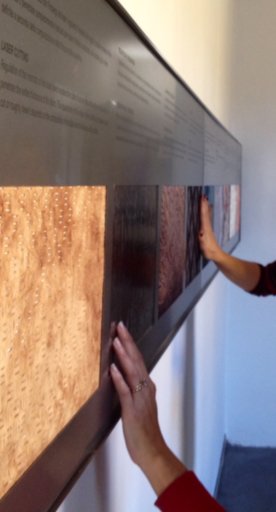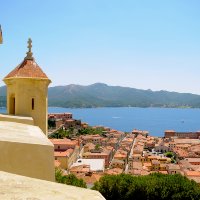What to see in San Miniato
halfway between Pisa and Florence
San Miniato is a medieval town in the province of Pisa, located halfway between Pisa and Florence. Since the Middle Ages, it has been considered strategic because it is situated atop three small hills, where it dominates the lower Arno valley, between the valleys of Egola and Elsa (three rivers that flow in Tuscany). In the Middle Ages, it was already congested because of its position: from one side there were friendly pilgrims passing through along the Via Francigena; from another side, there were armed and hostile people going to fight and defend their hometowns (San Miniato is in the intersection between Pisa, Florence, Lucca and Siena). San Miniato has a long history and was already known by the Etruscans and the Romans. In the XII century, the town was fortified with walls and defensive towers, which are still well preserved today. The town’s layout has remained intact and its medieval appearance is a reminder of the emperors who passed through area (Henry IV, Barbarossa, Frederick II).
![San Miniato from the top [Photo Credits: ezioman]](/shared/visittuscany/immagini/blogs/proposta/san_miniato_from_top_wp7_9037.jpg)
-
1.What to see
-
2.Main events
What to see
- The church of San Domenico, with its unfinished façade, stands in Piazza del Popolo. It contains frescos and paintings by the 14th – to 18th – century Florentine school.
- The Cathedral or Duomo is a Latin cross church, dedicated to both Sant'Assunta and Santo Genesio. Originally Romanesque but remodelled during the centuries, it also has Gothic and Renaissance elements. A distinctive characteristic are the coloured majolica bowls on the façade. The Matilde Tower is the name of the cathedral's campanile, characterized by an asymmetrical clock.
- Looking onto Piazza del Duomo, you’ll see the Museo Diocesano di Arte Sacra (Diocesan Museum of Sacred Art), with paintings from the Tuscan school and beautiful 13th-century majolica tondoes removed from the façade of the Duomo. It contains works by Filippo Lippi, Il Empoli, Neri di Bicci, Fra Bartolomeo, Frederico Cardi (known as Cigoli) and Verrocchio.
- The Palazzo Vescovile (Episcopal Palace) is a 13th -century palace that has been renovated several times over the centuries.
- The Episcopal Seminary and Piazza del Seminario have a particular shape, influenced by the winding of the ancient walls that were leaning against primitive homes.
- The Palazzo Comunale (Municipal Palace) is a 14th-century building and is still San Miniato's Town Hall.
- Palazzo Grifoni is one of the most conspicuous examples of civil architecture from the Tuscan Renaissance. The palace is home to the Cassa di Risparmio di San Miniato and was bombed by the Germans in the summer of 1944, then restored and rebuilt in the 1990s.
- The Tower at the top of the hill, known as Friederick’s tower, was the prison of Pier delle Vigne, one of Friederick II’s stewards. He killed himself there, as recounted in Dante’s Divine Comedy. During World War II, it was destroyed by the German Army to prevent the Allies from using it as a gun-sighting tower, but was reconstructed in 1958.
- The Santuario del santissimo Crocifisso di Castelvecchio was commissioned by Bishop Poggi of San Miniato and built by the citizens to preserve the image of the "miraculous Crucifix of Castelvecchio", a wooden crucifix from the 11th century. According to legend, it was abandoned in San Miniato by two travelers.
- In 1211 when he visited the city, Saint Francis of Assisi is said to have founded the Convent of San Francesco. The Convent stands behind the city, higher up on the hill and has a Romanesque façade. Its interior features Gothic-style chapels and frescoes from the 14th and 15th centuries.
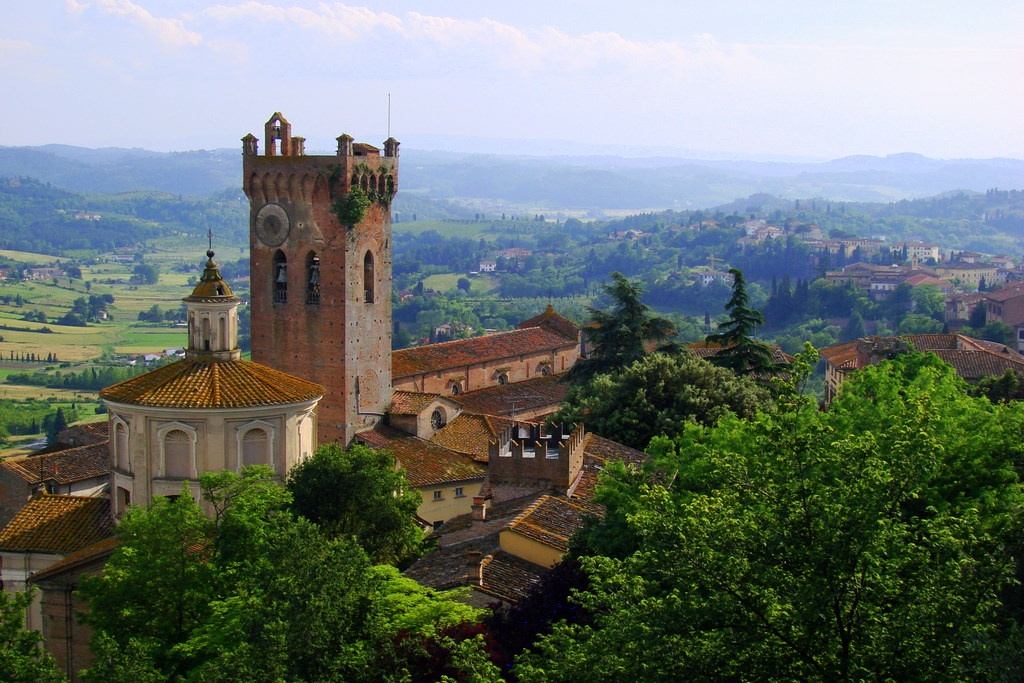
Main events
- The main event in San Miniato is the truffle fair that takes place in November, when truffle hunters, chefs, experts and journalists come to taste the local gastronomic speciality and buy truffle.
- San Miniato is also known for its fashion district and is a big centre for the production of leather and leather products.
- The Artistic Nativity in Cigoli is one of the largest nativity scenes in Tuscany. Visitors enter through a path that starts at the far end of the space and passes through an area intended to recall Palestine, moving towards a representation of Bethlehem.
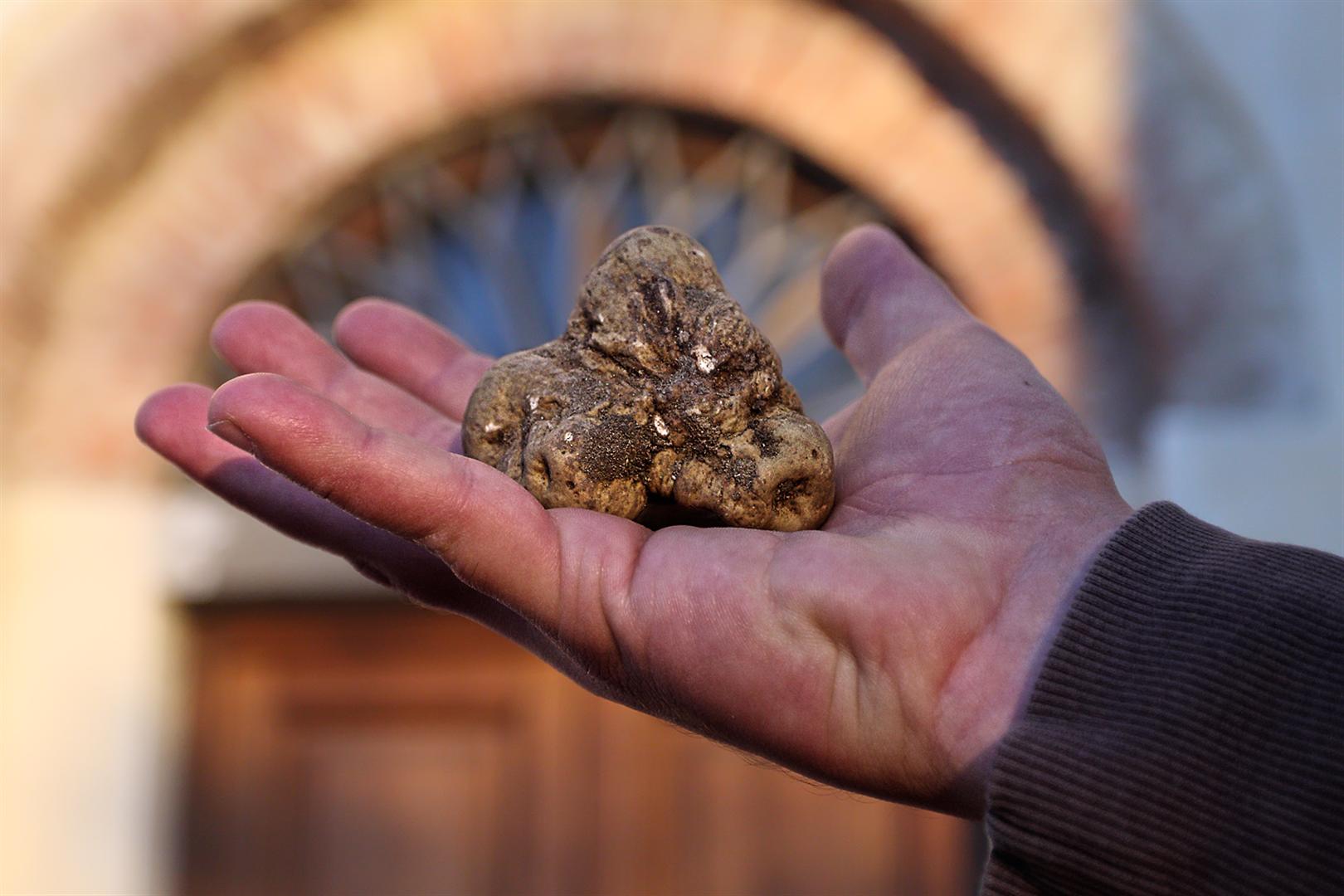
This article was written by Serena Puosi
